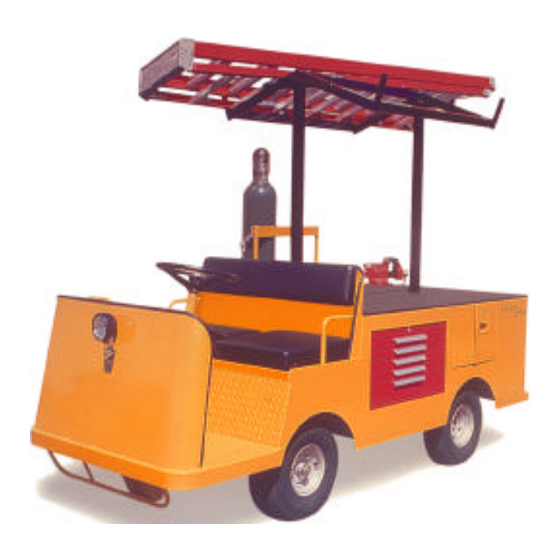
Table of Contents
Advertisement
Quick Links
T h e B e s t W a y
T o G o
A b o u t Y o u r
B u s i n e s s
Published: 11/26/2002
Revision: C
Models Inlcuded:
B0-015-00 (B 1-50) Load Master
MX-016-00 (MX 1600) Maintenance Expediter
MANUAL MB-150-02
Operation, Troubleshooting and
Replacement Parts Manual
Serial number Starting: 136914
B0-015-00
MX-016-00
Advertisement
Chapters
Table of Contents
Troubleshooting

















Need help?
Do you have a question about the B0-015-00 and is the answer not in the manual?
Questions and answers